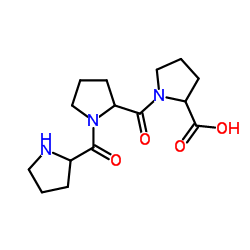| Structure | Name/CAS No. | Articles |
|---|---|---|
 |
DL-Lactic Acid
CAS:26100-51-6 |
|
 |
N-Fmoc-1,6-hexanediamine hydrobromide
CAS:25191-13-3 |